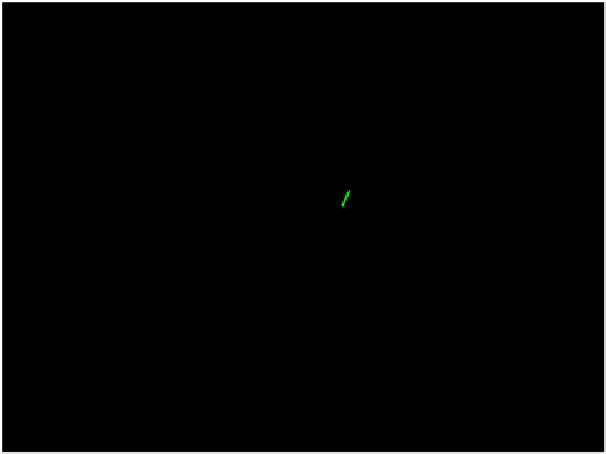Information Technology Reference
In-Depth Information
Fig. 9.6
Text, a visual programming language designed for improvised performance of electronic
dance music. Functions automatically connect, according to their distance and type compatibility
metaphorical systems to support their programming activities. However, by build-
ing orientational and spatial metaphors into programming notation, such as T
IME IS
D
ISTANCE
,P
ROXIMITY IS
C
ONNECTIVITY
and O
RIENTATION IS
E
XTENT
, uni-
versal bodily relationships are employed. This results in metaphors that are more
readily understood, employing general cognitive resources to artistic expression.
9.5 Components of Creativity
We now have grounds to formally characterise how the creative process operates
in bricolage programming. For this we employ the
Creative Systems Framework
(CSF), a high-level formalisation of creativity introduced by Wiggins (
2006a
,
b
) and
based upon the work of Boden (
2003
). Creativity is characterised as a
search
in a
space of concepts, using the quasi-Platonic idea, common in AI, that there is an
effective duality between exploration of an extant range of items, that conform to
rules, and construction of new items according to those rules, in a context where
the extent of the space is unknown. Within the CSF, a creative search has three key
aspects: the conceptual
search space
itself,
traversal
of the space and
evaluation
of
concepts found in the space. In other words, creativity requires somewhere to search,
a manner of searching, and a means to judge what you find. However, creative be-
haviour may make use of introspection, self-modification and need boundaries to
be broken. That is, the constraints of search space, traversal and evaluation are not
fixed, but are examined, challenged and modified by the creative agent following

















































































































